My Sous Vide Experiment (1)
In the past, I spent too much time at work, and the result of eating out often was that my body was "harmed by grouping". The many food safety incidents that have occurred in recent years have made me realize that choosing ingredients for cooking by myself is the greatest guarantee for my health.
Although I have eaten food for many years, I first heard of sous vide, a French cooking method that is popular in high-end restaurants, from the articles of my well-known food blogger friends a few years ago. The original meaning of Sous vide in French is vacuum, and it should be translated into vacuum low-temperature cooking in Chinese. It is to season the ingredients and then vacuum-pack them, and then use precise laboratory instruments to control the temperature and cook in water for a long time at a water temperature below 80 degrees Celsius. Only in this way, the steak, pigeon breast, fish, etc. in the new French cuisine can have a 5-7 degree of doneness and a uniform and tender meat color under the thin, crispy skin that has been quickly fried and roasted. 
On the left is the normal cooking method, on the right is sous vide (Photo credit: Modernist Cuisin)
Although Shu Wei is very fashionable, and it is very attractive to me, who is full of engineering blood, to be able to precisely control the cooking results in a scientific way, but the commercial vacuum packaging machine is expensive, and a set costs 2 to 3,000 U.S. dollars, with automatic temperature control. Water temperature controllers are only produced by professional scientific instrument companies, and the price is also 1 to 2,000 US dollars. Therefore, although Shu Yao has been developed abroad for many years, it is only used in restaurants and has not entered ordinary families.

Commercial sous vide model (Source: Polyscience)
In 2011, a major event occurred in the American publishing industry. Dr. Nathan Myhrvold, a retired Chief Technology Officer of Microsoft Corporation with a degree in mathematics, space physics, econometrics and econometrics, published a set of recipe books Modernist Cuisin: The Art and Science of Cooking. This set of 5 recipe books, up to 2,400 pages and priced at US$625, uses the specifications of a photobook and a scientific perspective to explain how to cook fashionable molecular cuisine. Published at no expense by a retired millionaire fanatic who loves to cook, this seemingly easy-selling cookbook has become a bestseller and sparked a wave of molecular gastronomy at home. Due to the extensive use of sous vide cooking in the book, it also indirectly caused sous vide to enter the kitchen of ordinary families.

Beautiful example images of modernist cuisine (Image credit: Modernist Cuisin)
As the general public's interest in simmering cooking began to turn into demand, manufacturers have also begun to develop low-temperature cooking and vacuum packaging models for home use, and reduce prices through mass production. So in 2013, the most exciting event for me as a kitchen nerd is that a manufacturer finally launched a low-temperature cooking machine for household use worth 200 yuan. The next article will discuss these two machines and my purchase process.
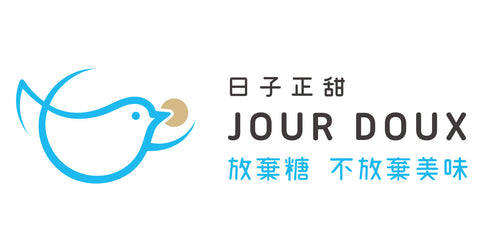
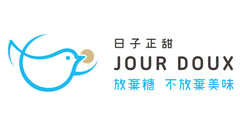
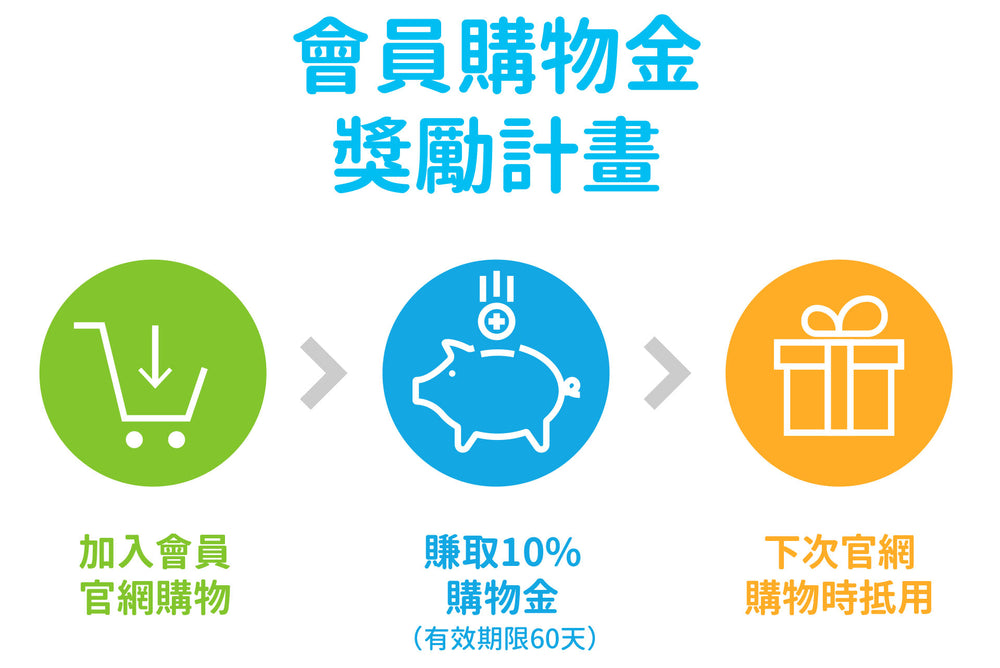
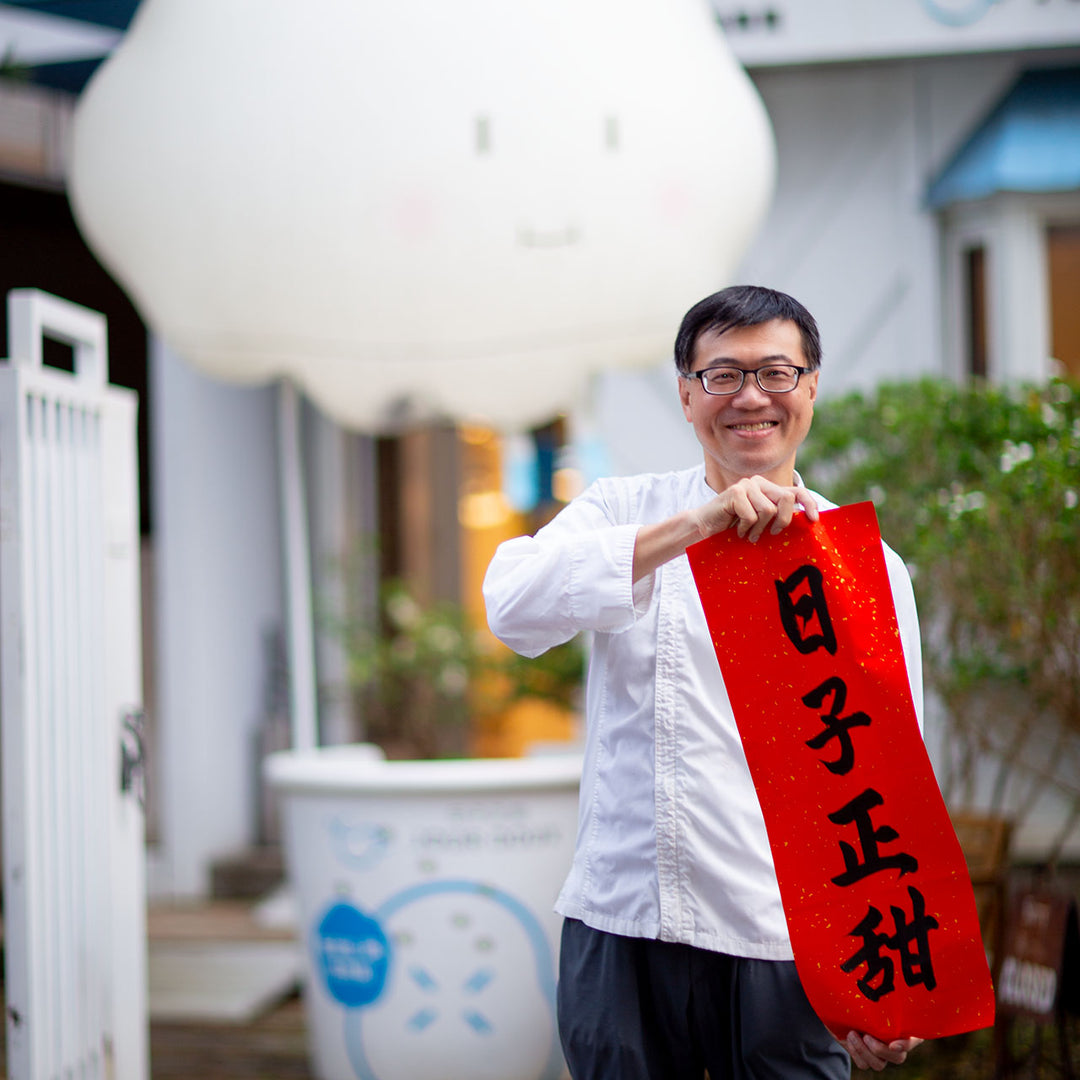
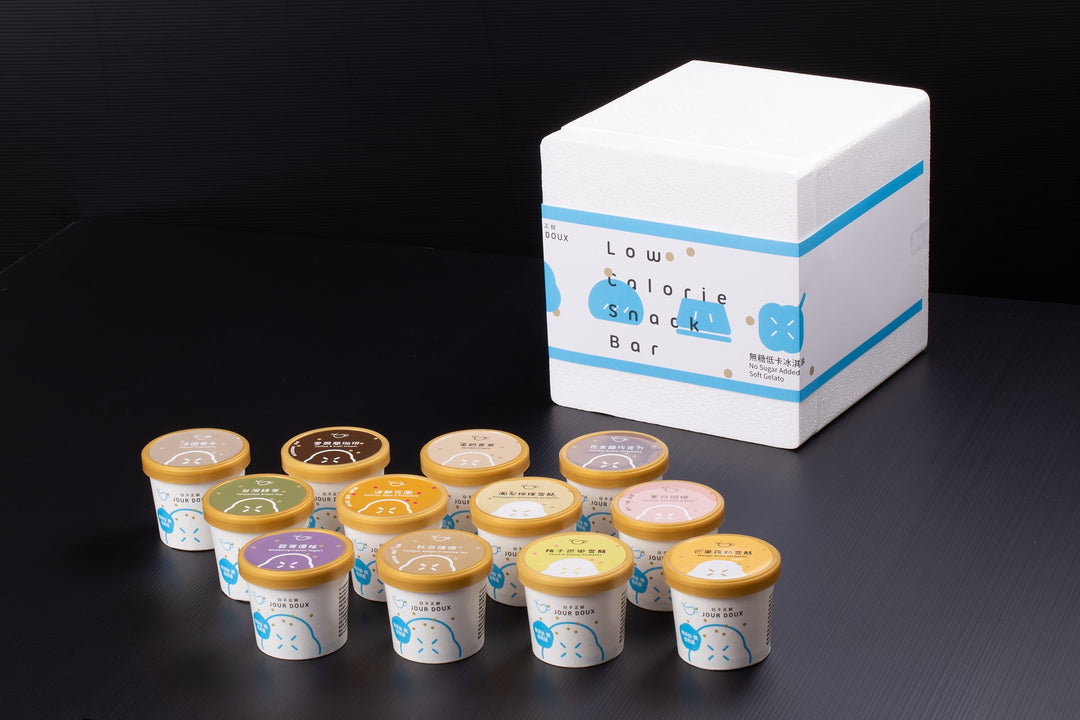

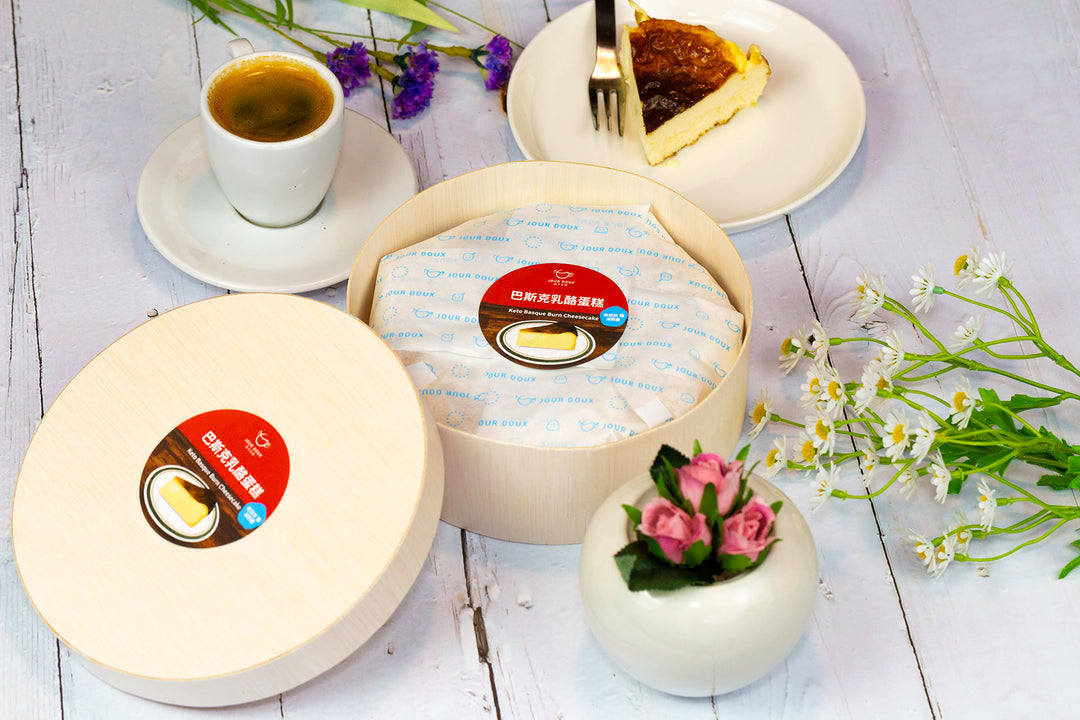
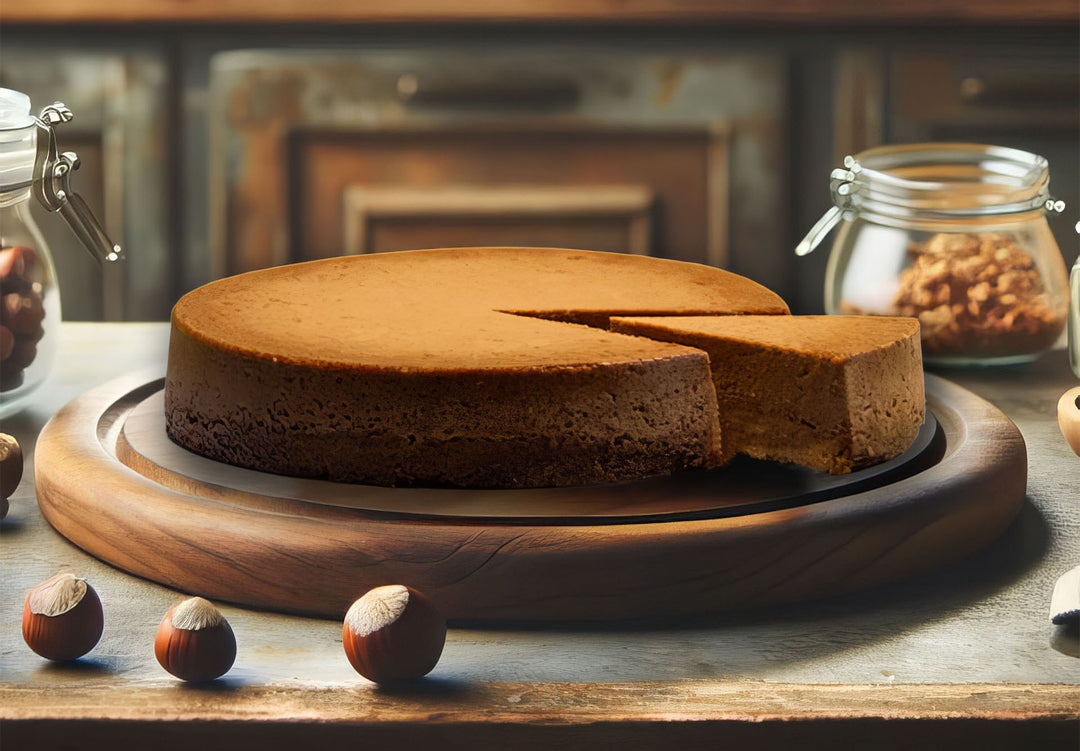
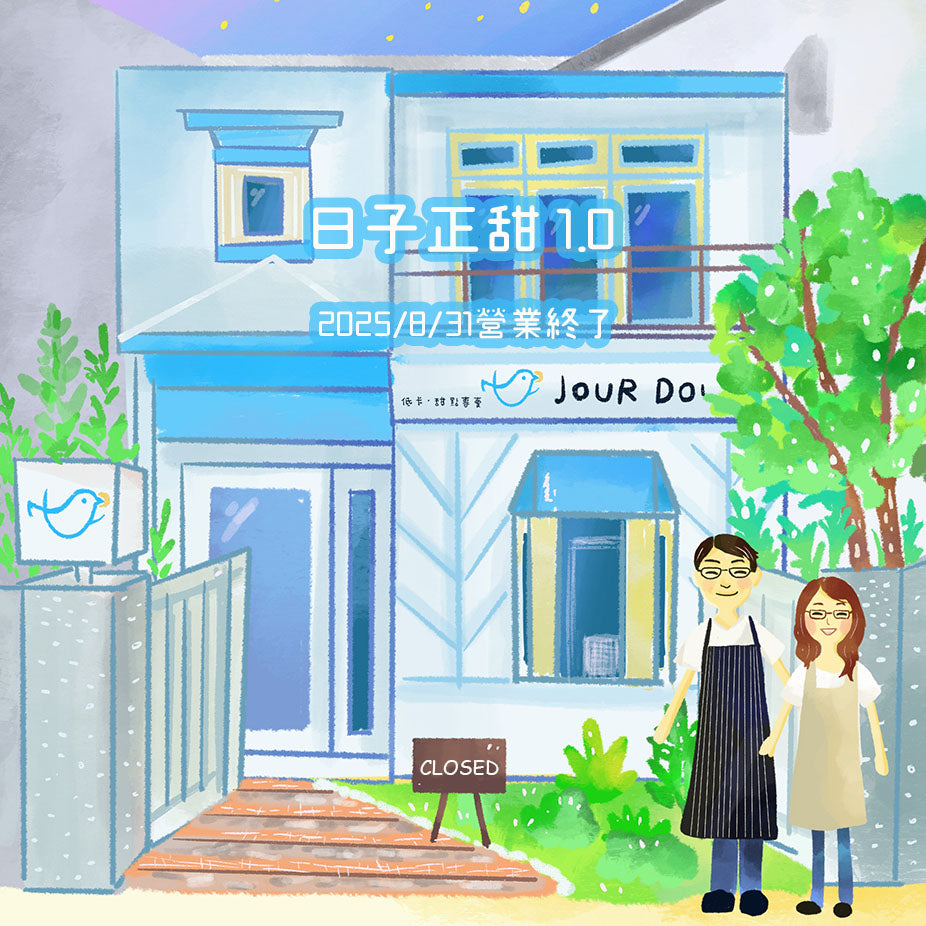
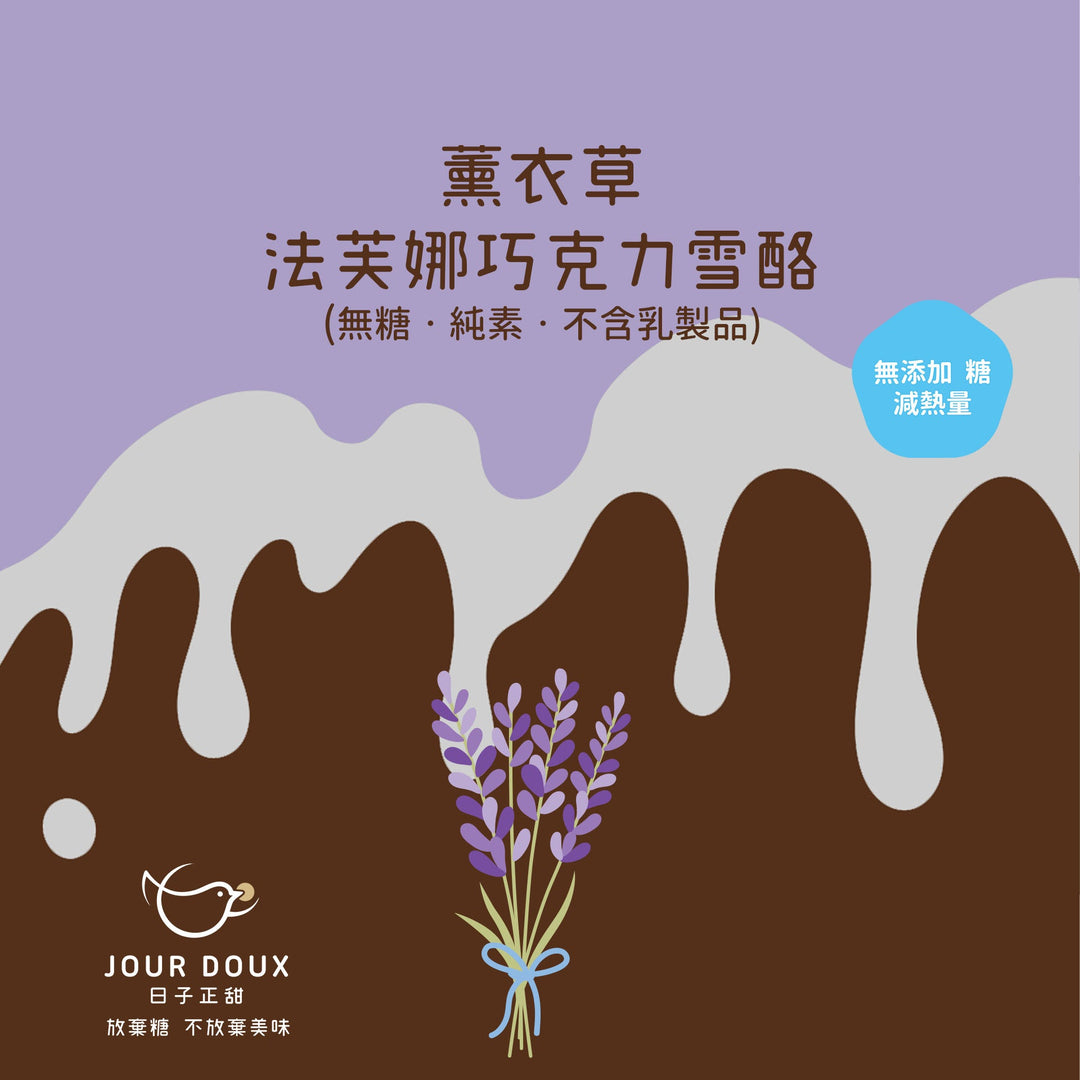
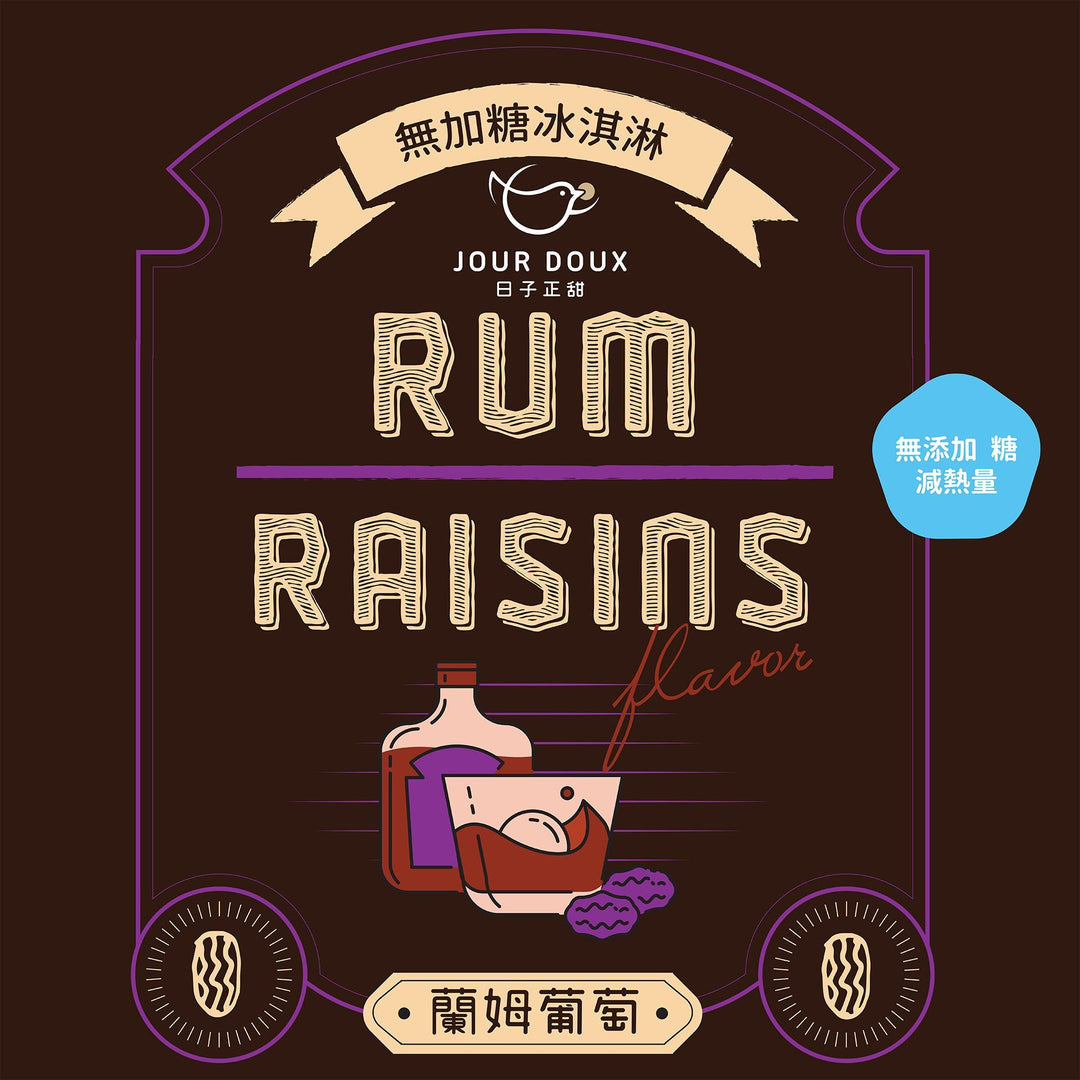
Leave a comment